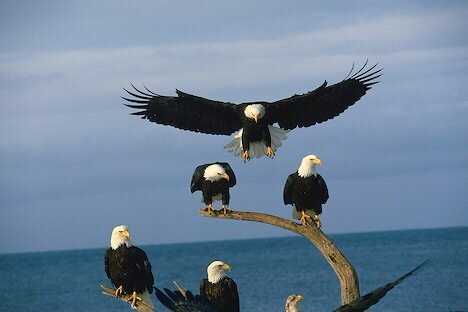February 12th is Charles Darwin’s 200th birthday. Although I read “The Origin of Species” many years ago, I found it a little dry.
On the other hand, one of my favorite books has always been “Darwin and the Beagle” by Alan Moorehead.

From the Wikipedia:
Charles Robert Darwin FRS (12 February 1809 – 19 April 1882) was an English naturalist[I] who realised and demonstrated that all species of life have evolved over time from common ancestors through the process he called natural selection. The fact that evolution occurs became accepted by the scientific community and much of the general public in his lifetime, while his theory of natural selection came to be widely seen as the primary explanation of the process of evolution in the 1930s,[1] and now forms the basis of modern evolutionary theory. In modified form, Darwin’s scientific discovery remains the foundation of biology, as it provides a unifying logical explanation for the diversity of life.[2]
At Edinburgh University Darwin neglected medical studies to investigate marine invertebrates, then the University of Cambridge encouraged a passion for natural science.[3] His five-year voyage on HMS Beagle established him as an eminent geologist whose observations and theories supported Charles Lyell’s uniformitarian ideas, and publication of his journal of the voyage made him famous as a popular author. Puzzled by the geographical distribution of wildlife and fossils he collected on the voyage, Darwin investigated the transmutation of species and conceived his theory of natural selection in 1838.[4] Although he discussed his ideas with several naturalists, he needed time for extensive research and his geological work had priority.[5] He was writing up his theory in 1858 when Alfred Russel Wallace sent him an essay which described the same idea, prompting immediate joint publication of both of their theories.[6]
His 1859 book On the Origin of Species established evolutionary descent with modification as the dominant scientific explanation of diversification in nature.[1] He examined human evolution and sexual selection in The Descent of Man, and Selection in Relation to Sex, followed by The Expression of the Emotions in Man and Animals. His research on plants was published in a series of books, and in his final book, he examined earthworms and their effect on soil.[7]
In recognition of Darwin’s pre-eminence, he was one of only five 19th-century UK non-royal personages to be honoured by a state funeral,[8] and was buried in Westminster Abbey, close to John Herschel and Isaac Newton.[9]


Darwin, species, Galapagos, tortoise, beagle, Aubrey, maturin, Westminster Abbey, Charles Darwin, finch, HMS Beagle, Robert Fitzroy, evolution, natural selection, intelligent design, Flying Spaghetti Monster





